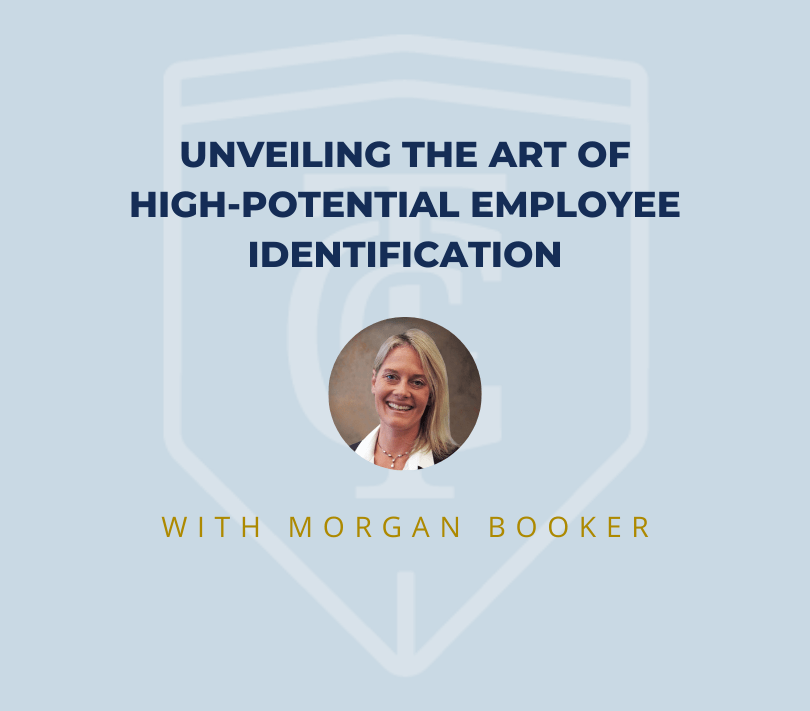
Identifying high-potential employees is a strategic imperative for organizations looking to nurture talent, drive innovation, and secure future leadership. The process of recognizing individuals with exceptional capabilities requires a keen understanding of their skills, potential, and ability to contribute significantly to the organization’s growth.
Understanding the Essence of High-Potential Employees
Strategic Talent Assessment:
High-potential employees possess a unique blend of skills, leadership qualities, and a drive for continuous improvement. Identifying these individuals begins with a strategic talent assessment that goes beyond current job performance. Organizations often employ assessments that evaluate not only technical skills but also interpersonal skills, adaptability, and strategic thinking.
An instance of successful high-potential identification through strategic assessment is the use of leadership competency frameworks. By defining key competencies aligned with organizational goals, companies can systematically evaluate employees against these criteria, identifying those with high potential for future leadership roles.
Commitment to Professional Development:
High-potential employees are individuals who not only excel in their current roles but also show a hunger for growth and development. Organizations that prioritize professional development programs create an environment where high-potential employees thrive. These programs can include mentorship opportunities, workshops, and training sessions aimed at honing leadership skills.
A compelling instance of fostering high-potential talent through professional development is the implementation of a leadership development program. This initiative not only provides targeted training but also signals to employees that the organization is invested in their long-term growth. Through such programs, high-potential individuals are given the tools and resources needed to reach their full potential.
Recognition of Leadership Potential:
Identifying high-potential employees requires a keen eye for recognizing leadership potential, even in the early stages of an individual’s career. This goes beyond traditional performance metrics and involves assessing qualities such as initiative, collaboration, and the ability to inspire and influence others.
An instance of successfully recognizing leadership potential is the implementation of a mentorship program. Pairing high-potential employees with experienced leaders provides them with guidance and exposure to leadership responsibilities. This recognition not only accelerates their professional growth but also nurtures the leadership qualities that make them high-potential assets to the organization.
Strategies for Effective High-Potential Identification
Data-Driven Approaches:
Leveraging data analytics for high-potential identification is becoming increasingly prevalent. By analyzing performance data, feedback, and career trajectories, organizations can identify patterns that distinguish high-potential employees. Data-driven insights provide a comprehensive view of an employee’s journey within the organization, aiding in the identification process.
An effective instance of a data-driven approach is the use of predictive analytics tools. These tools analyze various data points to identify trends and correlations associated with high-potential individuals. By harnessing the power of data, organizations can make informed decisions about talent development and succession planning.
Succession Planning Initiatives:
High-potential identification is closely tied to succession planning. Organizations that proactively plan for leadership transitions are better positioned to identify and groom high-potential employees for future leadership roles. Succession planning involves assessing the organization’s future leadership needs and identifying individuals who have the potential to fill key positions.
A strategic instance of high-potential identification through succession planning is the creation of talent pools. These pools consist of individuals identified as having the potential to assume leadership roles in the future. By actively managing and developing these talent pools, organizations ensure a steady pipeline of high-potential individuals ready to step into critical positions.
Cultivating a Culture of Feedback:
Feedback is a valuable tool in high-potential identification. Establishing a culture where feedback is continuous and constructive enables organizations to gauge an employee’s potential for growth and leadership. Regular performance discussions, 360-degree feedback, and peer reviews contribute to a holistic understanding of an employee’s capabilities.
An impactful instance of high-potential identification through feedback is the implementation of regular talent reviews. These reviews involve comprehensive assessments of individual performance and potential. By incorporating diverse perspectives and feedback, organizations can identify high-potential employees who demonstrate the qualities needed for future leadership roles.
Identifying high-potential employees is a multifaceted process that requires a strategic approach and a commitment to ongoing development. By incorporating data-driven approaches, succession planning, and a culture of feedback, organizations can unlock the full potential of their talent pool, ensuring a pipeline of leaders ready to propel the organization forward. The art of high-potential employee identification lies in the ability to recognize and nurture talent that not only excels in the present but holds the promise of shaping the future success of the organization.
About Morgan Booker

Morgan has over 18 years of Talent Acquisition, Employee Relations, and Human Resource Business Partner experience. She joined The Christopher Group in 2022 as a Recruiting Manager and has since been promoted to Recruiting Director. Morgan’s focus is partnering with executive Human Resources candidates across the United States to fill Human Resources executive roles. To learn more about Morgan visit her bio page.

